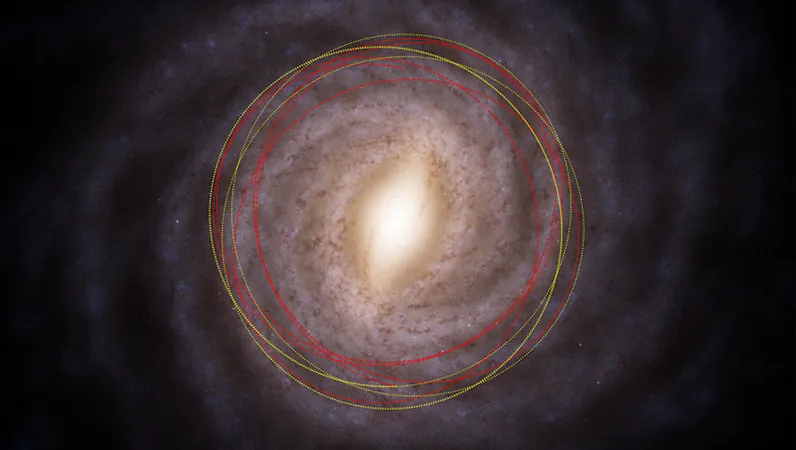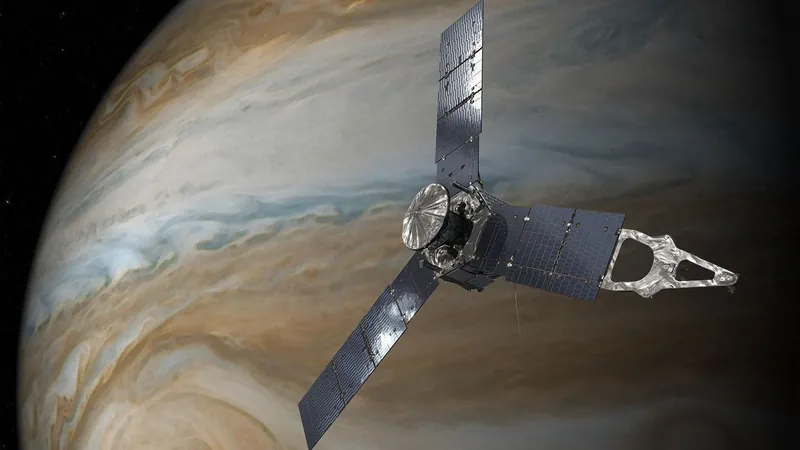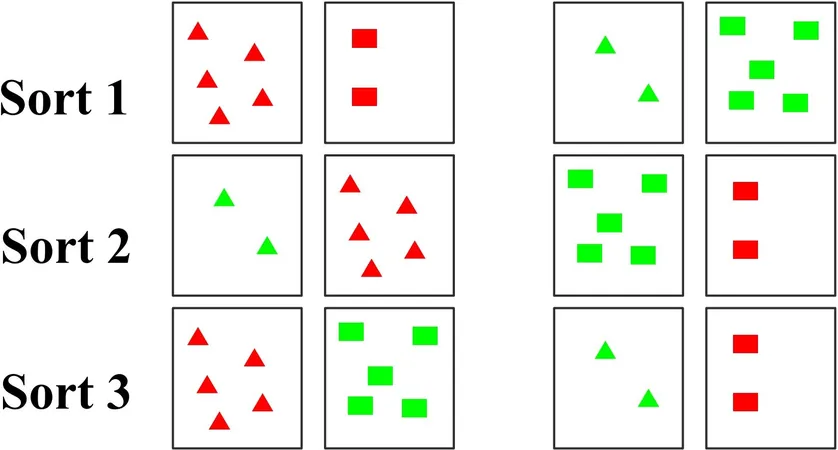
Meet 3I/ATLAS: The Ancient Comet That Could Redefine Our Cosmic History
2025-07-13
Author: Sophie
A groundbreaking discovery in the cosmos has astronomers buzzing! A mysterious interstellar object, named 3I/ATLAS, has been dubbed potentially the oldest comet ever observed—predating our solar system by over three billion years. Imagine that!
This intriguing 'water ice-rich' visitor is only the third known object from outside our solar system to cross into our cosmic neighborhood. What's even more fascinating is that it hails from a completely different area of our Milky Way galaxy!
According to University of Oxford's Matthew Hopkins, who will be revealing his findings at the Royal Astronomical Society's National Astronomy Meeting 2025, 3I/ATLAS could be more than seven billion years old, making it a remarkable interstellar envoy.
Unlike its interstellar predecessors, 1I/’Oumuamua and 2I/Borisov, which approached the solar system on a different trajectory, 3I/ATLAS is taking a steep path through our galaxy. It likely originated from the Milky Way's 'thick disk'—a region populated by ancient stars.
"All non-interstellar comets, such as Halley's comet, were formed alongside our solar system and are about 4.5 billion years old," says Hopkins. "In contrast, interstellar comets can be significantly older, and our analyses indicate that 3I/ATLAS may be the oldest comet we’ve recorded."
First seen on July 1, 2025, by the ATLAS survey telescope in Chile while it was a staggering 670 million kilometers from the Sun, this comet promises exciting insights. Hopkins predicts that due to its unique origin, 3I/ATLAS is likely rich in water ice.
Professor Chris Lintott, co-author of the research and a presenter on BBC's The Sky at Night, notes, "We believe there’s a two-thirds chance this comet is older than our solar system, having drifted through interstellar space since its formation."
As it edges closer to the Sun, sunlight will activate 3I/ATLAS, triggering cometary activity that creates its dazzling coma and tail. Initial observations hint that the comet may be larger than its interstellar counterparts, raising fascinating questions about the abundance of similar objects.
If subsequent studies confirm 3I/ATLAS's characteristics, we may gain unprecedented insights into the role ancient interstellar comets play in shaping solar and planetary formation across the galaxy.
Dr. Michele Bannister from the University of Canterbury shares the excitement, stating, "3I is already showing signs of activity. The gases released as it warms up will test our models of interstellar objects!"
The discovery caught researchers by surprise, just as they were gearing up for operations with the new Vera C. Rubin Observatory, which is expected to unveil between 5 and 50 interstellar objects over the next decade.
Dr. Rosemary Dorsey from the University of Helsinki notes how the 3I discovery brightens prospects for upcoming findings, hinting that 50 interstellar objects might be found, many of which could rival 3I in size.
Hopkins's research utilized a model he developed during his doctoral studies to simulate the properties of interstellar objects based on their orbits and stellar origins. Just days prior to the comet's discovery, he had defended his thesis—talk about timing!
With 3I/ATLAS expected to be visible through moderately sized telescopes in late 2025 and early 2026, stargazers should be ready for an extraordinary celestial show. The excitement in the scientific community is palpable as they anticipate what this ancient comet could reveal about the universe.









 Brasil (PT)
Brasil (PT)
 Canada (EN)
Canada (EN)
 Chile (ES)
Chile (ES)
 Česko (CS)
Česko (CS)
 대한민국 (KO)
대한민국 (KO)
 España (ES)
España (ES)
 France (FR)
France (FR)
 Hong Kong (EN)
Hong Kong (EN)
 Italia (IT)
Italia (IT)
 日本 (JA)
日本 (JA)
 Magyarország (HU)
Magyarország (HU)
 Norge (NO)
Norge (NO)
 Polska (PL)
Polska (PL)
 Schweiz (DE)
Schweiz (DE)
 Singapore (EN)
Singapore (EN)
 Sverige (SV)
Sverige (SV)
 Suomi (FI)
Suomi (FI)
 Türkiye (TR)
Türkiye (TR)
 الإمارات العربية المتحدة (AR)
الإمارات العربية المتحدة (AR)